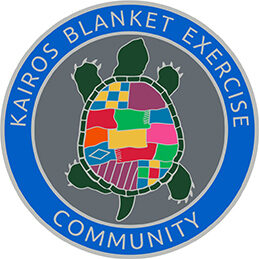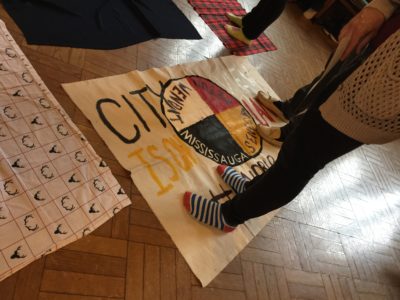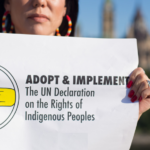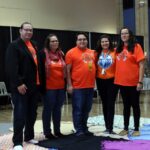A couple of weeks ago, on an overcast Sunday afternoon, some 35 non-Indigenous friends and strangers gathered in the basement of Hudson’s Wyman Memorial United Church to take part in an activity called the KAIROS Blanket Exercise workshop.
We had been invited to participate in a group exercise specifically designed to help folks like us foster a deeper understanding of Canada’s Indigenous peoples and the history we share with them. It was an overwhelming experience. By the end of the afternoon, every participant was shaken to the bone, seized by the profound intimacy of the moment.
For no longer were we spectators at a distance, pondering the abstract. We were there. Right there. In the mix. Our two experienced Indigenous facilitators, Nina Segalowitz and Lisa Byer-de-Wever, had seen to that.
As multi-coloured blankets representing the land that would become Canada were placed on the floor, participants formed a circle and took on the role of those who had inhabited these parts since time immemorial.
We were invited to walk freely on the blankets, underscoring the fact that long before explorers from away landed on our shores, the First Peoples lived, loved, and raised children on these vast expanses. Our facilitators then led us through the signature transition periods that define the creeping, albeit overwhelming, distress delivered to Canada’s native people — contact, treaty-making, colonization and, most recently, resistance — sharing with us the deepening sorrow and shame that accompanied each momentous turn.
We have forgotten now, but in the early days of North American colonization, the Crown had acknowledged that all lands belonged to the original inhabitants, save for those bits acquired legitimately via signed treaties.
Many of these treaties still exist. Continue reading this article on Montreal Gazette.
By Bill Young as a Special to the Montreal Gazette published on Oct. 21, 2019.



